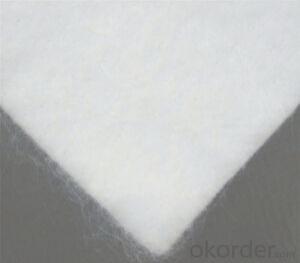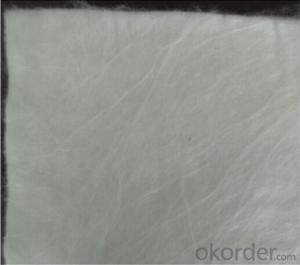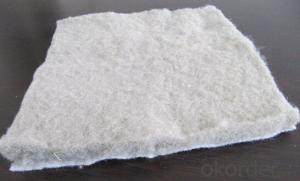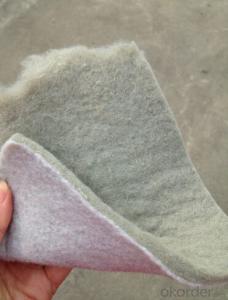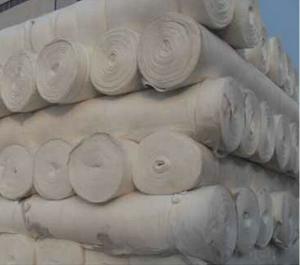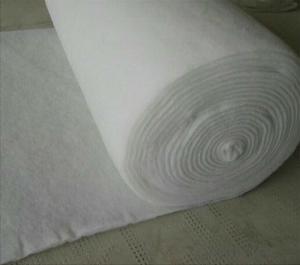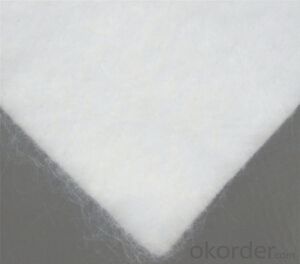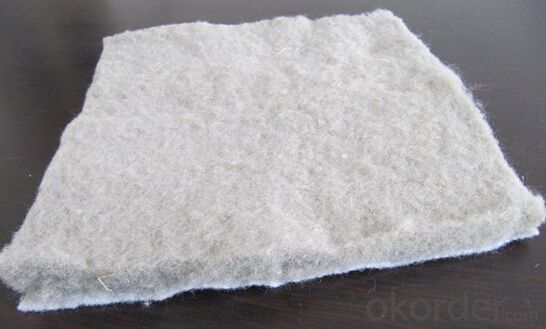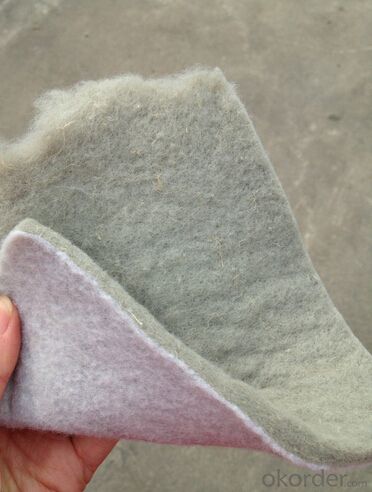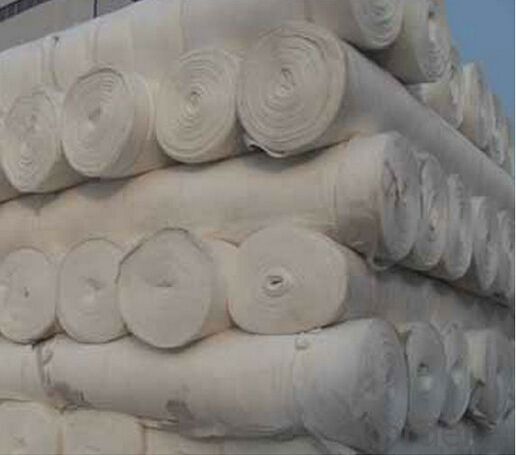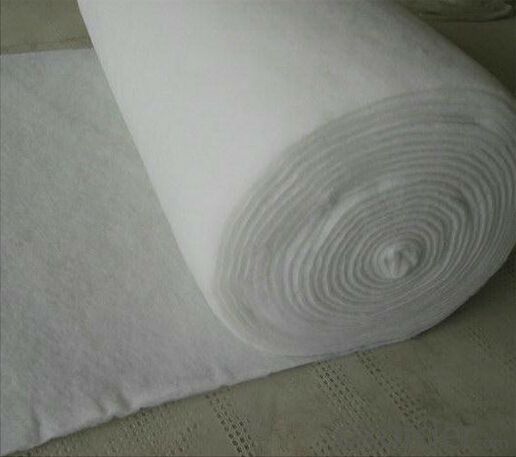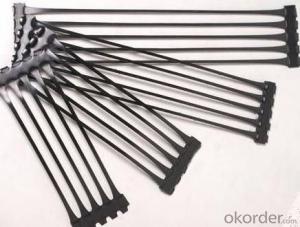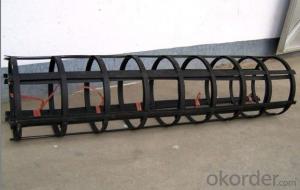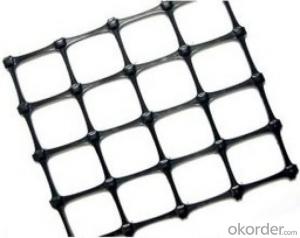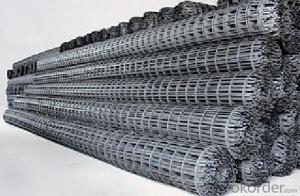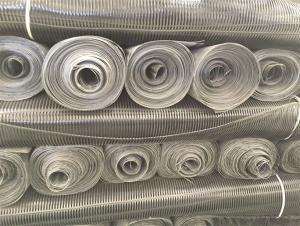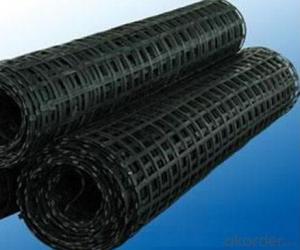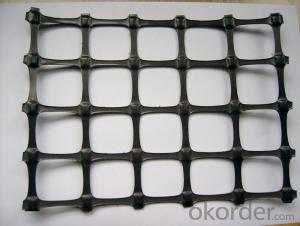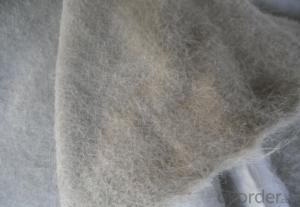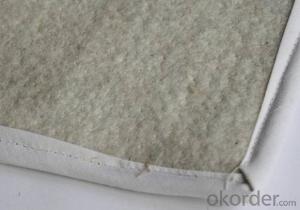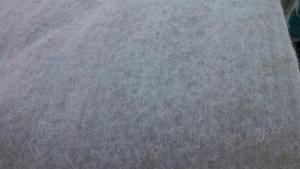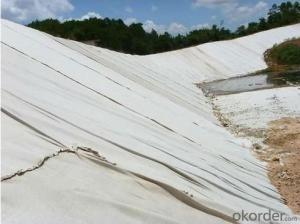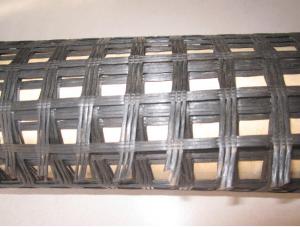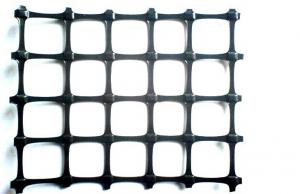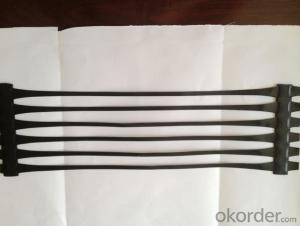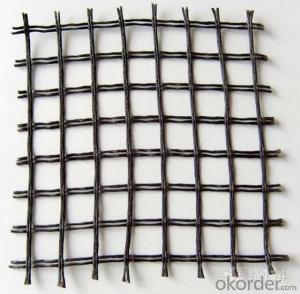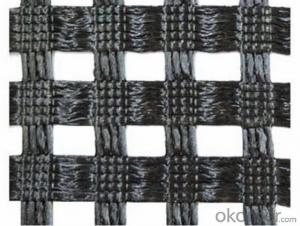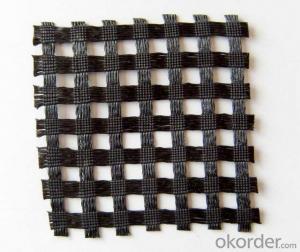Geogrids Nptel Nonwoven Nutrition Geotextile Restoration Projects
- Loading Port:
- Qingdao
- Payment Terms:
- TT OR LC
- Min Order Qty:
- 5000 m²
- Supply Capability:
- 2000000 m²/month
OKorder Service Pledge
OKorder Financial Service
You Might Also Like
Nutrition geotextile in water environmental engineering .
Specification:
1.Made from PROT,L etc.
2.200g/m2-400g/m2
3.Excellent drainage and protection
4. Ecological projects
Product Feature:
1. Simple and fast construction
2. Achieve the greening effect quickly after construction
3. Due to the grass and composite fiber fabrics become into one integration, so it has the ability of certain degree of flow resistance for the water rising before the grass survive.
4. Composite fiber fabric is a continuous structure from slope top to slope toe, both ends are fixed, has high water flow resistance.
Technical Specification
5.0 m length and 1.05 m width. Reverse side all used filter material. Grass seeds: Bermuda grass (warm season grass), Bahia grass (warm season grass), Kentucky bluegrass (cold season grass), Tall fescue grass (cold season grass), Red fescue grass (cold season grass). Plant height: 0.1 ~ 0.5 m.
| NO. | Items | Specification | Notes | |||
| 1 | Total unit area weight g/sq.m | ≥380 | ||||
| 2 | dimension | width m | 1.0~2.0 | |||
| length m | as per user’s request | |||||
| 3 | Composite fiber fabrics | Material | Polyester Fiber | High strength PET | ||
| Unit area weight g/sq.m | ≥160 | |||||
| Mesh dimension mm | 8×8 | |||||
| Extension strengh kn/m | ≥11 | MD & CD | ||||
| 4 | Filtra layer | Material | Polyester non woven geotextile | |||
| Unit area weight g/sq.m | ≥40 | |||||
| 5 | Grass seeds, Fertilizer | Type | According to actual situation choose 3~5 grass seeds | |||
| Plant height m | 0.1~0.3 | |||||
| 6 | Fiber layer | Material | wood pulp cellulose | |||
| Unit areaweight g/sq.m | ≥15 | |||||
| 7 | flow resistance | ≥4 | not allow appear scour, suction and blanket turn-over etc. damage phenomenon | |||
| M/s | ||||||
| 8 | Anti-UV strengh conservation rate % | 65~80 | 3000hrs Continuously exposure 3000hrs | |||
| 9 | Supporting spare parts | ABS fastening nail | Material | ABS Resin | Fixed between two blankets by length direction | |
| Fiber diameter mm | 35 | |||||
| Nail length mm | 325 | |||||
| Lnail | Material | Steel wire (content 10% zinc-aluminium alloy) | Used to fix single blanket | |||
| Fiber diameter mm | 4 | |||||
| Nail length mm | 200 | |||||
| ABS connecting nail | Material | ABS Resin | Used in the slope between the two blankets ( width direction) | |||
| Nail length mm | 38 | |||||
| Connecting fiber | Material | High strength Polypropylene | Used in the slope between the two blankets ( width direction) | |||
| Length mm | Cut as per request | |||||
APPLICATION:
Generally laid on the river channel, slope protection etc. slope revetment projects, to control the water erosion, soil loss, meantime can reach the effect of slope ecological restoration and landscape greening, making river back to natural.
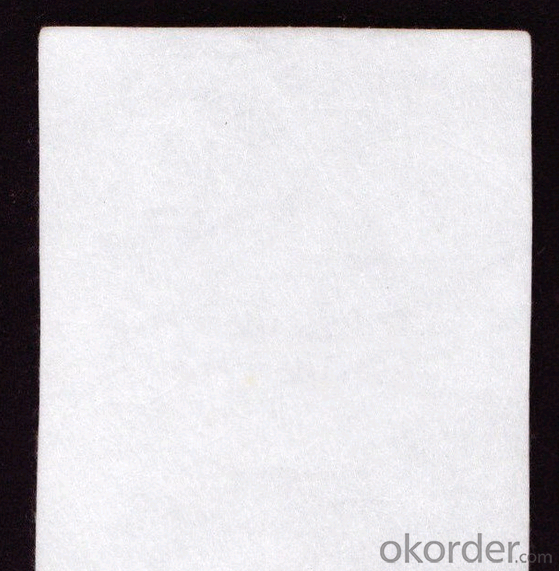
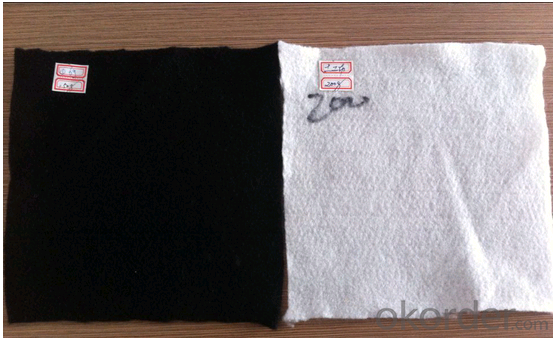
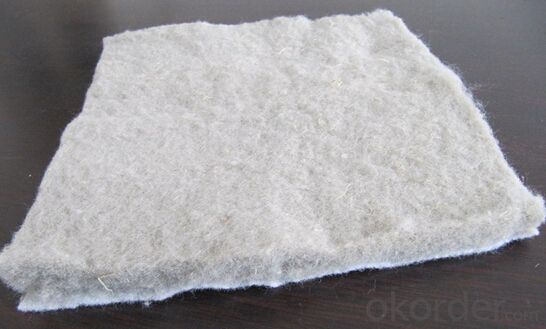
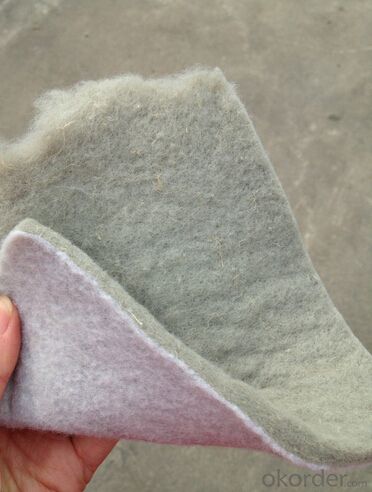
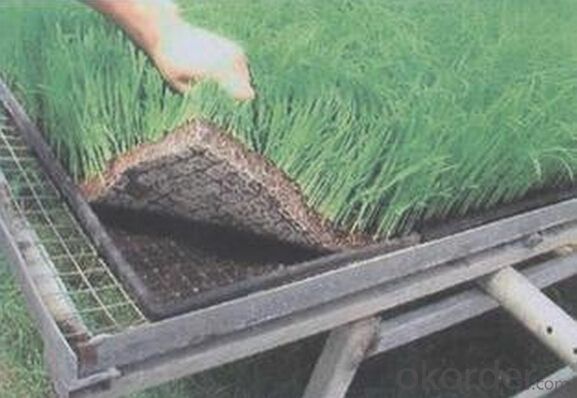
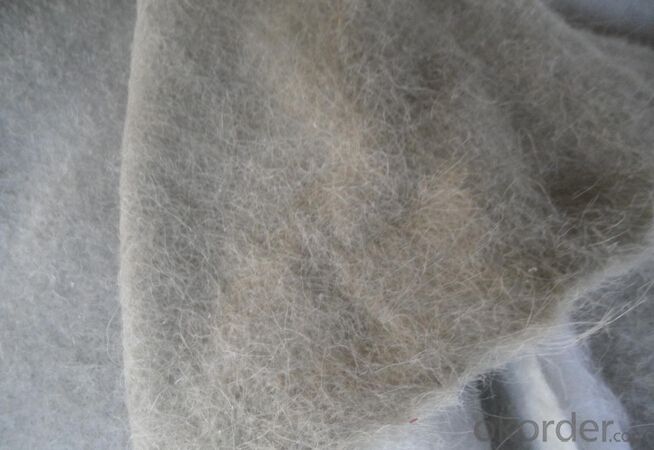
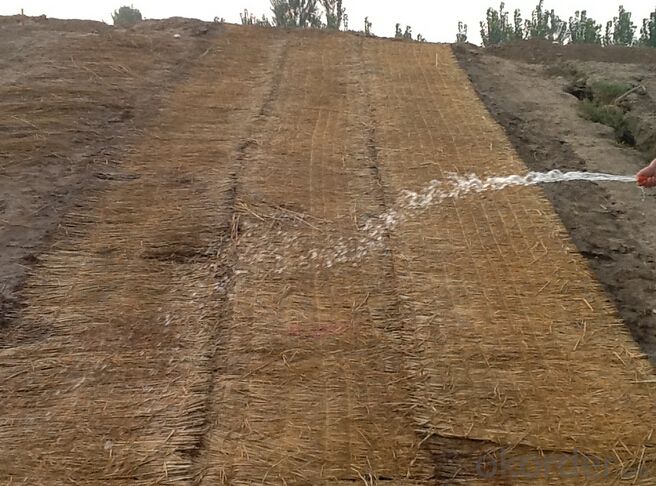
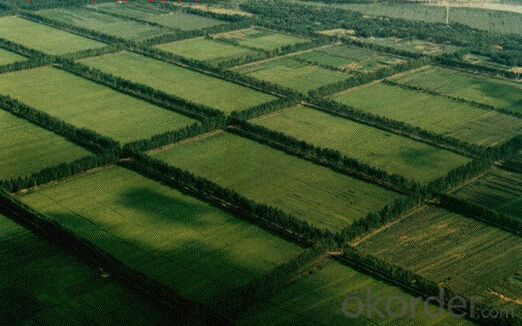
FAQ
1. How about the delivery time?
Lead time since receipt of 30% T/T deposit payment: 3 weeks.
2. What kind of payments does we support?
T/T, L/C, Cash are accepted.
3. What's are the MOQ?
We can according to your condition to set the MOQ.
And we can provide you samples for quality inspection.
4. How to deal with the sample charge?
Accordeing to our company policy, the samples are free, we only charge the freight fee.
And we will return the freight fee If you set the order .
5. Can you produce the product according to customers' requirements ?
Sure, we are professional manufacturer, OEM and ODM are both welcome.
6. Can you tell me your main customers?
That's our customers' privacy, we should protect their information.
At the same time, please rest assured that your information is also safe here.
- Q: How do geogrids help in reducing the risk of soil compaction?
- Geogrids help in reducing the risk of soil compaction by distributing the load evenly across a larger area, providing reinforcement and support to the soil. This helps to prevent excessive settlement and compression, ensuring the soil remains stable and less prone to compaction.
- Q: Can geogrids be used in water drainage applications?
- Yes, geogrids can be used in water drainage applications. They are commonly used to reinforce and stabilize soil in drainage systems, such as retaining walls, culverts, and embankments. Geogrids help to prevent soil erosion and improve the overall drainage efficiency by providing structural support and reducing the risk of soil movement.
- Q: How do geogrids improve the load distribution in foundations?
- Geogrids improve load distribution in foundations by providing a stable and reinforced base for the structure. They help to distribute the weight of the load more evenly across the foundation, reducing the concentration of stress points. This ultimately increases the load-bearing capacity and stability of the foundation, preventing settlement and potential failure of the structure.
- Q: Can geogrids be used in seismic zones?
- Yes, geogrids can be used in seismic zones. Geogrids are commonly employed as a stabilizing mechanism in soil reinforcement applications, including in areas with high seismic activity. They are designed to improve the tensile strength and stability of soils, which can help mitigate the effects of seismic forces on structures.
- Q: Are geogrids suitable for reinforcement of airport runways?
- Yes, geogrids are suitable for reinforcement of airport runways. Geogrids are specifically designed to provide soil stabilization and increase load-bearing capacity, which is crucial for heavy aircraft traffic on runways. They effectively distribute the load, enhance the strength and stability of the runway subgrade, and minimize the potential for settlement or rutting. Moreover, geogrids are durable, resistant to environmental conditions, and can significantly extend the lifespan of airport runways.
- Q: Characteristics of steel plastic geogrid
- 3, through the production process of plastic surface treatment, suppress the rough pattern, in order to enhance the surface roughness of the grid, improve the steel plastic composite geogrid and soil friction coefficient. 4, steel plastic composite grid width of up to 6m, to achieve high efficiency, economic effect of reinforcement.
- Q: Can geogrids be used in railway track bed stabilization?
- Yes, geogrids can be used in railway track bed stabilization. Geogrids are commonly used in geotechnical engineering applications to improve the stability and performance of soil structures. In railway track bed stabilization, geogrids can provide reinforcement and increase the load-bearing capacity of the track bed, reducing settlement and improving overall stability.
- Q: How to determine the number of geogrid detection method
- What are the geogrid testing items1) place: in the surface layer of 50cm thick sand gravel or sand (egg) gravel cushion, and compaction, which is not only conducive to improve the friction between the soil and the grid, but also conducive to the consolidation of the foundation drainage.
- Q: What is the difference between geocell and geogrid
- Geocell:Product Description: geocell is made of high strength HDPE broadband, through a strong welding and the formation of a network of grid room structure. The utility model has the advantages of flexible expansion, and can be folded when being transported, and when the utility model is used, the utility model can be filled with earth and stone or concrete materials, and the structure of the utility model has the advantages of strong lateral confinement and large steel. The utility model can be used as a cushion to deal with the bearing capacity of the foundation with the soft foundation, and can also be arranged on the slope to form a slope protection structure, and can also be used for constructing the retaining structure, etc..
- Q: How do geogrids enhance the performance of reinforced soil slopes?
- Geogrids enhance the performance of reinforced soil slopes by providing additional strength and stability to the soil mass. They act as a reinforcing element by distributing the load and reducing the potential for soil erosion and sliding. Geogrids also increase the bearing capacity of the slope, allowing for steeper slopes to be constructed.
Send your message to us
Geogrids Nptel Nonwoven Nutrition Geotextile Restoration Projects
- Loading Port:
- Qingdao
- Payment Terms:
- TT OR LC
- Min Order Qty:
- 5000 m²
- Supply Capability:
- 2000000 m²/month
OKorder Service Pledge
OKorder Financial Service
Similar products
Hot products
Hot Searches
Related keywords
